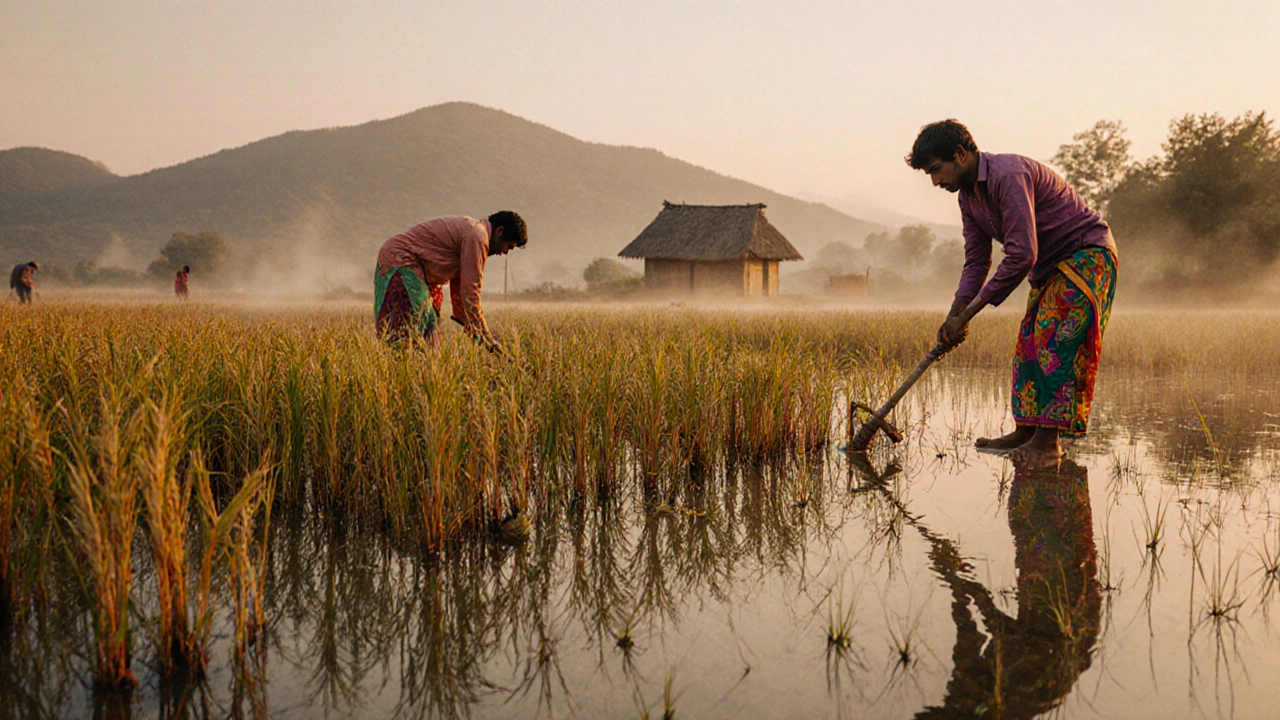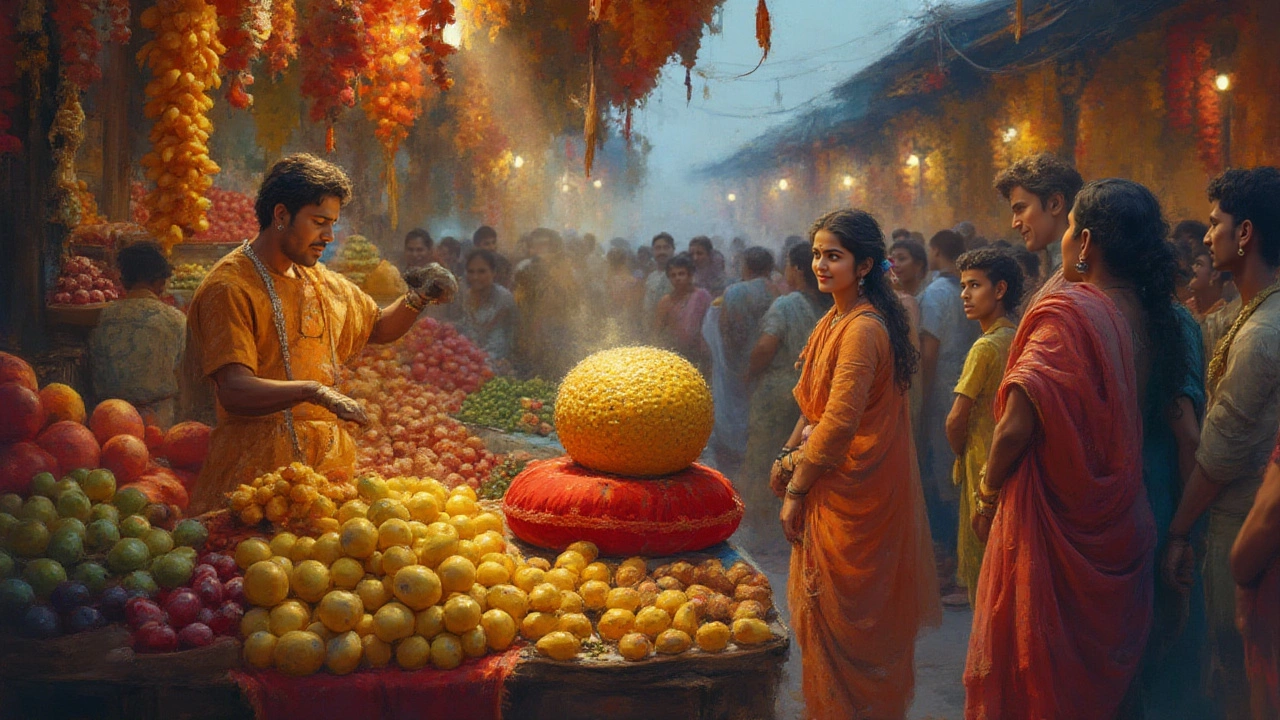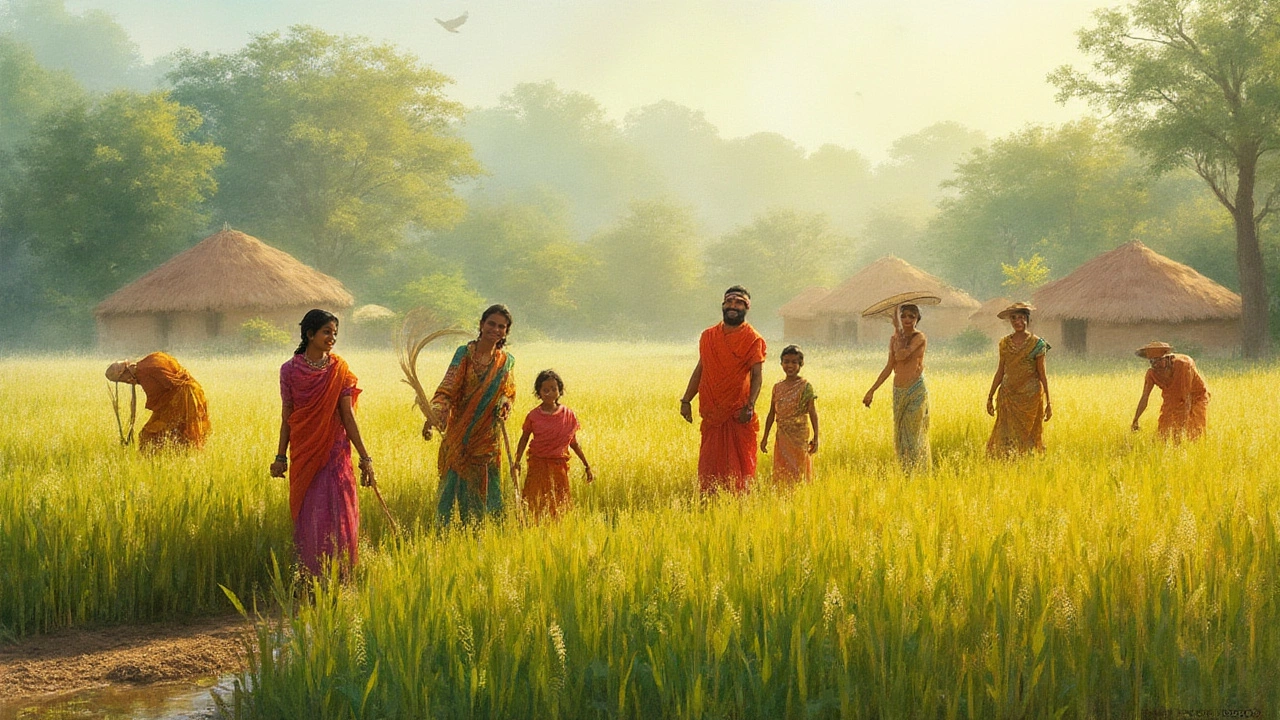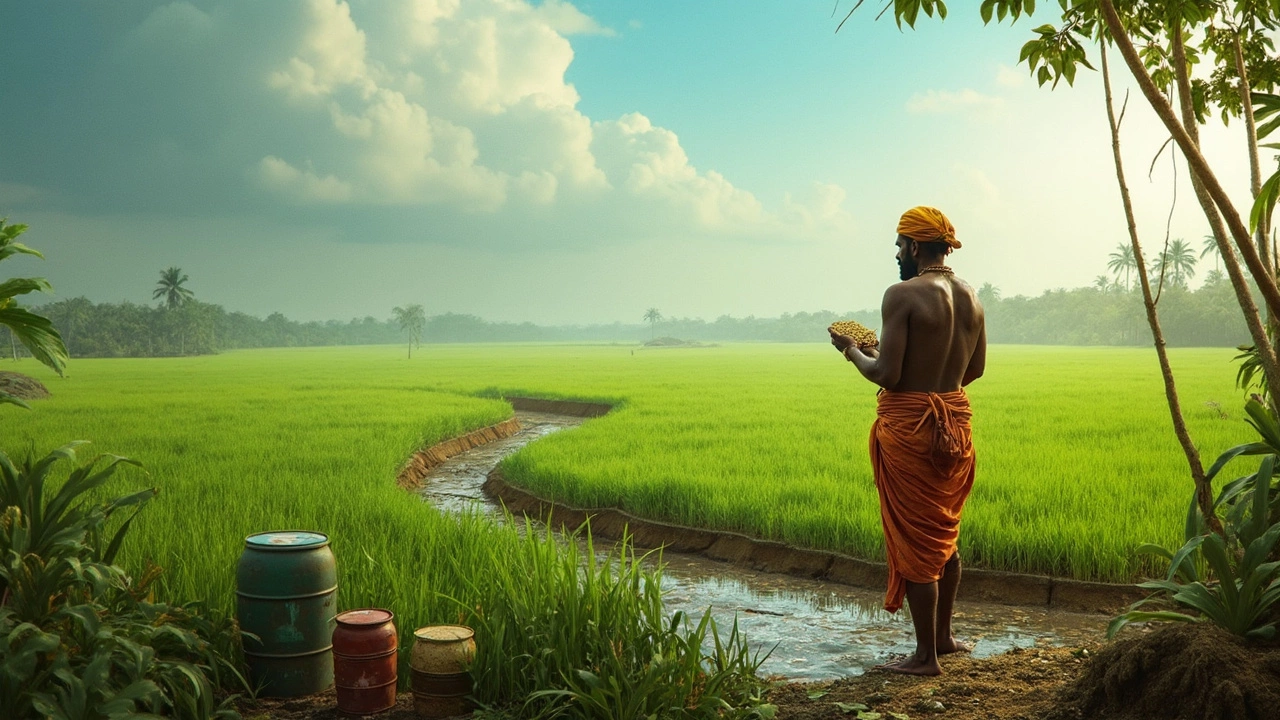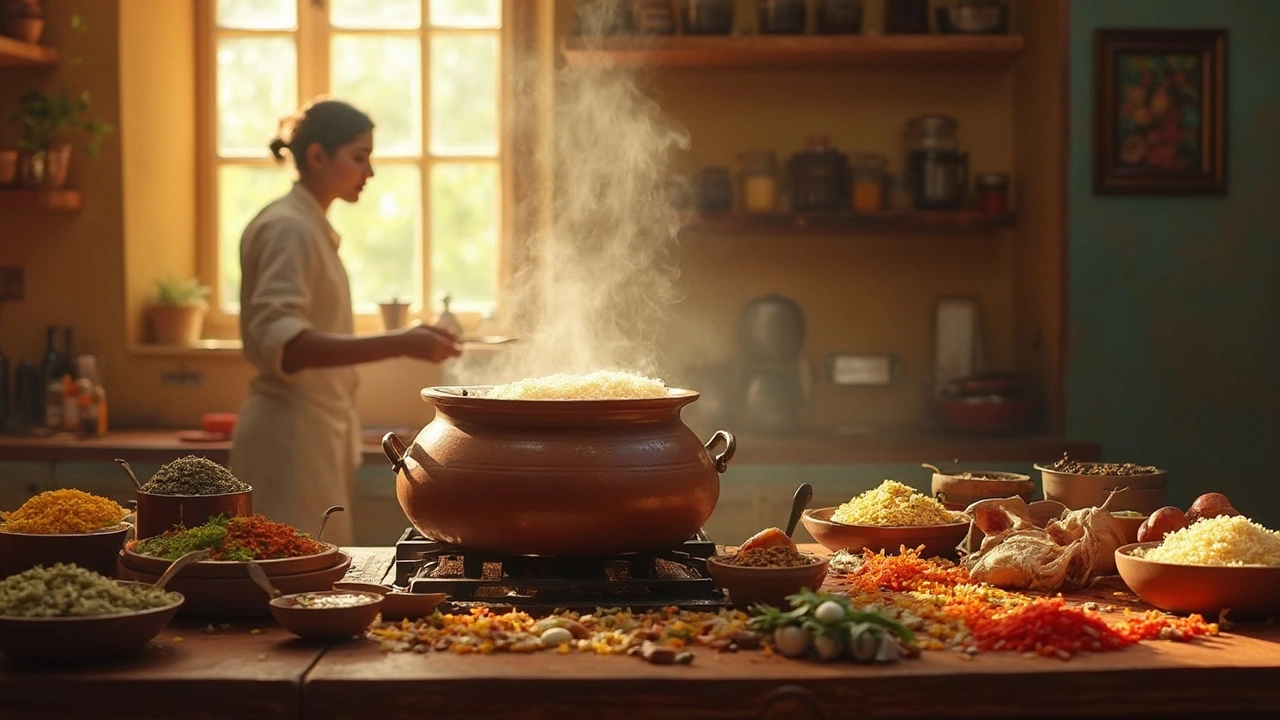Rice feeds billions, but growing it requires perfect water control, warm temperatures, heavy soil, and relentless labor. Even small mistakes can wipe out an entire crop.
Crop Cultivation in India: Smart Ways to Grow Food That Works
When you think about crop cultivation, the practice of growing plants for food, fiber, or other uses, especially in the context of India’s diverse climates and farming traditions. Also known as agriculture, it’s not just about planting seeds—it’s about working with the land, not against it. In India, crop cultivation isn’t one-size-fits-all. You’ve got farmers growing rice in flooded fields, others doing it on dry hillsides, and some even chasing the world’s most expensive fruit just to stay afloat. This isn’t theory—it’s daily life for millions.
Take rice cultivation, the process of growing rice, a staple food for over half of India’s population. It’s not as simple as flooding a field and waiting. Some rice needs constant water, but dry land rice is changing the game. Farmers in Maharashtra and Odisha are now growing rice without paddies, using drought-tolerant varieties and smarter soil care. Then there’s the poor man’s crop, low-cost, high-yield plants like millets, lentils, and leafy greens that feed families on tight budgets. These aren’t backup options—they’re the backbone of rural nutrition. And if you’ve ever seen a single kilo of expensive fruit India sell for more than a day’s wages, you know crop cultivation isn’t just about survival. It’s also about value, rarity, and market power.
But here’s the thing: every crop has trade-offs. Rice feeds the nation but uses up water like crazy. The cheapest veggies might be nutrient-dense, but they’re often overlooked by big buyers. And that fancy fruit everyone talks about? It’s grown by just a few farmers, in just a few villages, because the conditions are so exact. Crop cultivation in India isn’t about picking the best crop—it’s about picking the right crop for your land, your money, and your future.
What you’ll find below isn’t a list of generic tips. It’s real stories from real farms: how rice can grow without water, why some crops are called "poor man’s" and how that’s actually a compliment, what makes one fruit cost more than gold, and the hidden downsides of eating rice every day. These aren’t just articles—they’re tools. Use them to grow smarter, spend less, and eat better—no matter how big or small your patch of land is.
Rice doesn't come back every year-it's an annual crop that must be replanted each season. Learn why rice can't regrow, how farmers manage yearly planting, and what perennial rice research means for the future.
Discover which fruit claims the title of costliest in India, why its value is sky-high, and whether it's worth hunting for in the market.
Discover the meaning behind 'poor man's crop,' why certain staple crops earn this name, and smart tips for growing them in your own garden.
Rice isn't just for wet paddies—it's possible to grow it on dry land too. This article explains how rice farmers have adapted their methods to work without flooded fields, including crop choices and soil care. You'll find out which types of rice can survive with less water, and what challenges come up when fields stay dry. There are smart tips for feeding the soil and keeping pests away, plus examples from real farmers making it work. Anyone curious about farming rice off the paddy will get straight answers here.
Rice is a staple food for billions, but it comes with some hidden problems. From environmental impacts to health concerns, growing and eating rice isn't always as simple as it seems. This article breaks down the main drawbacks of rice and gives you tips to deal with them. You'll learn about water usage, chemical exposure, nutritional gaps, and more. If you grow rice or eat it often, you’ll want to know what’s going on behind the scenes.
Curious about how to cook rice perfectly every time? The 5 5 5 rule is a simple yet effective method that ensures fluffy, delicious rice. This article dives into how this technique works, with easy-to-follow steps. Learn interesting facts about rice cultivation and get tips that enhance your cooking. Say goodbye to mushy rice and hello to a delightful eating experience.

